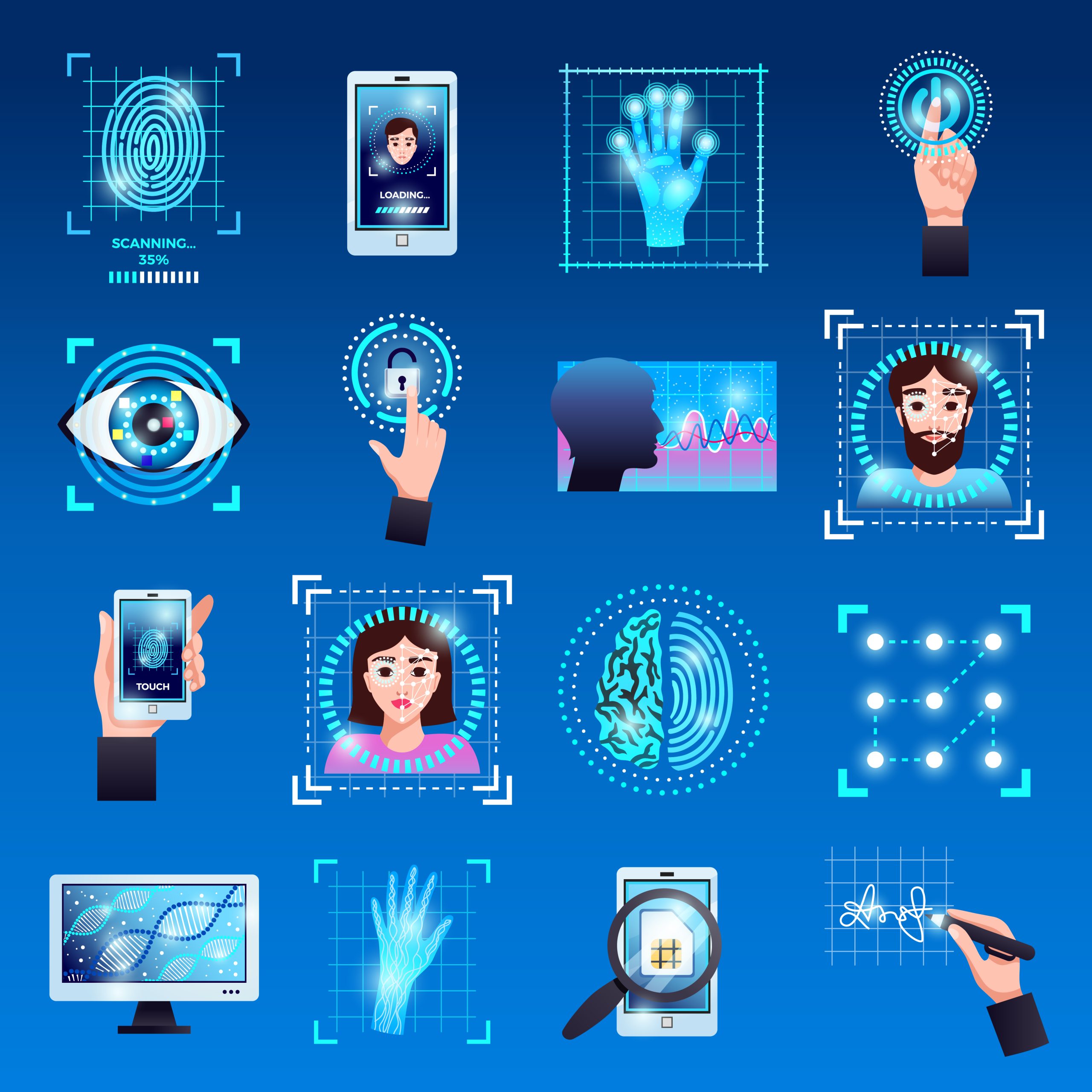Summary
- Apple has sold over 2.32 billion iPhones since the launch of the first iPhone in 2007.
- Sensors are devices that detect and respond to changes in their environment, and they have been used in iPhones to enhance the user experience and extend battery life.
- Sensor technology plays a crucial role in enhancing user experiences, enabling innovative features, and driving technological advancements.
Introduction
In the fast-paced world of technology, sensors have played a pivotal role in enhancing the capabilities of electronic devices.
From smartphones to wearables, these tiny yet powerful components have enabled a wide range of features and functionalities.
Understanding Sensor Technology
Sensor technology refers to the integration of various sensors into electronic devices to capture, measure, and interpret physical data from the surrounding environment.
These sensors are capable of detecting and responding to inputs such as light, motion, proximity, touch, and more.
By collecting real-time data, sensors enable devices to interact with users, adapt to different conditions, and provide valuable insights.
Apple’s Key Applications Using Sensor Technology
- Face ID: The True Depth camera system uses depth-sensing technology and facial recognition to securely unlock the iPhone and authenticate user identity.
- Accelerometer and Gyroscope: These sensors enable motion detection, screen rotation, and activity tracking features, enhancing gaming experiences and fitness applications.
- Ambient Light Sensor: It automatically adjusts the display brightness based on the surrounding lighting conditions, optimizing visibility and conserving battery life.
- Barometer: This sensor measures atmospheric pressure, providing elevation data for fitness tracking, weather forecasting, and navigation apps.
- Touch ID: While newer models have transitioned to Face ID, previous iPhones utilized Touch ID, which relied on fingerprint-sensing technology for secure authentication.
The Impact Of Using Sensor Technology In Your Start-Up
- Enhanced User Experience: By integrating sensors into your products, you can create devices that offer intuitive and seamless user experiences. Sensors enable features like touch gestures, motion detection, and facial recognition, enhancing the overall usability of the product.
- Innovative Functionality: Sensor technology allows you to introduce innovative functionalities in your products. From health and fitness tracking to augmented reality applications, sensors enable you to create unique and compelling features that differentiate your products in the market.
- Data-Driven Insights: Sensors generate valuable data about user behavior, environmental conditions, and device performance. You can leverage this data to gain insights into user preferences, optimize product design, and make data-driven business decisions.
- Improved Efficiency: Sensors can automate processes, optimize energy consumption, and improve operational efficiency. You can leverage sensor data to optimize workflows, reduce costs, and enhance productivity within your organization.
Conclusion
By understanding the capabilities and applications of sensor technology, founders can unlock new opportunities, drive innovation, and create user-centric products and services.
As the world continues to embrace the potential of sensors, staying at the forefront of this technology can pave the way for groundbreaking advancements in various industries.
- The Agentic Startup Manifesto - June 8, 2025
- Remote Hiring in 2025 - April 5, 2025
- Burnout in Remote Teams: How It’s Draining Your Profits - January 27, 2025
